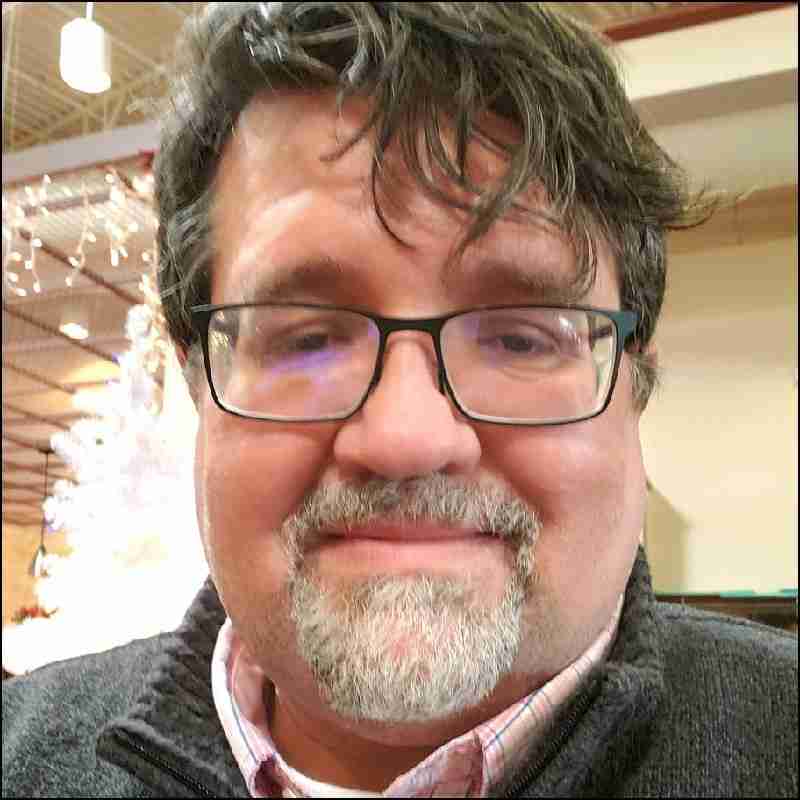
IndoUSrare Advocates for Increased Rare Disease Drug Development in India
By Alex Keown
March 14, 2023
The subcontinent of India offers a rich environment for genetic data that can enhance research into multiple rare diseases. However, that patient population is largely untapped by western pharmaceutical companies. Virginia-based IndoUSrare aims to bridge that gap and create connections that could change treatment outcomes for millions of people.
IndoUSrare seeks to foster partnerships between U.S. researchers and pharmaceutical companies and their counterparts in India. The company is helmed by Harsha Rajasimha, founder and chairman of the nonprofit organization. Rajasimha is no stranger to rare disease, as he lost a child to a rare disease in 2012. Now, he is spearheading the effort to create a coalition of rare disease advocates from across the globe.
“When the Western rare disease community collaborates and engages with the Indian subcontinent, patients win, science wins, we all win,” he said.
Diseases that are classified as rare are defined by the FDA as a disease or condition that affects less than 200,000 people in the country. European regulatory classify rare diseases as those that affect fewer than five in 10,000 people across the European Union. Despite those definitions, hundreds of millions of people around the world face the challenges of rare diseases. The majority of clinical work is conducted in the United States and European Union. Because of this, Rajasimha said there is a lack of diversity within the patient populations being tested for potential therapies, including cutting-edge gene therapies.
Rajasimha said India is seen as a “haven for genetic research.” There are estimates suggesting that rare diseases affect nearly 20% of India’s population of 1.4 billion people. Rajasimha said there are multiple diseases, such as amino acid deficiencies that are significantly more prevalent in Indian populations. Studying these individuals can lead to breakthroughs in the treatment of rare diseases, he added.
There are an estimated 10,000 known rare diseases, affecting roughly 300 million people across the globe. About 90% of those known diseases have no FDA-approved treatments, Rajasimha said. In all, there are approximately 1,100 drugs approved for orphan diseases. Of those, less than five have their origins in India, despite the significant patient population. Most of the drugs are developed and commercialized within the United States or Europe.
“There’s a huge skew in the orphan drug industry in the west but patients are everywhere,” Rajasimha said. “We are in a global village. There are many interesting indications that can be rare in the United States, which can see large numbers in certain countries like India. There are opportunities to collaborate with stakeholders in India.”
However, Rajasimha noted that any collaboration would have to be financially feasible for drug developers. It takes hundreds of millions of dollars in funding for drug companies to develop a drug and take it through multiple phases of clinical development toward eventual approval. Orphan drugs that gain FDA approval receive a level of commercial protection for up to seven years. That can create some cost barriers to treatment. But once that protection has ended, Rajasimha believes there are avenues for western companies to partner with counterparts in India for that market.
“After the seven-year period, it (a drug) could be licensed out to Indian generics companies. That could be a good market and make it more affordable to the rest of the world,” Rajasimha said.






